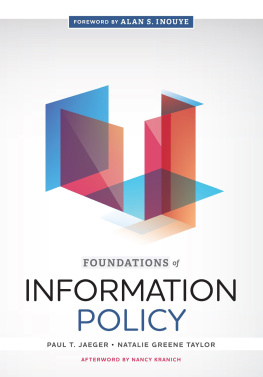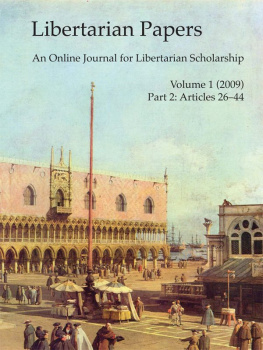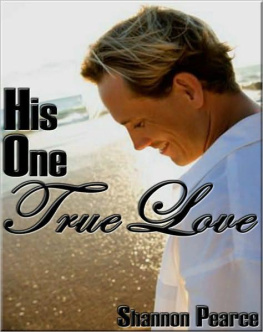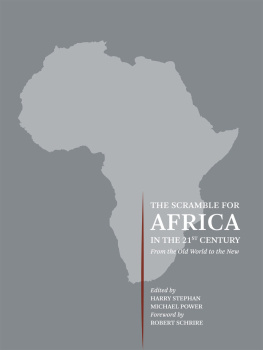Stephan Jaeger
The Second World War in the Twenty-First-Century Museum
Stephan Jaeger
The Second World War in the Twenty-First-Century Museum
From Narrative, Memory, and Experience to Experientiality
ISBN 9783110661064
e-ISBN (PDF) 9783110664416
e-ISBN (EPUB) 9783110661330
Bibliographic information published by the Deutsche Nationalbibliothek
The Deutsche Nationalbibliothek lists this publication in the Deutsche Nationalbibliografie; detailed bibliographic data are available on the Internet at http://dnb.dnb.de.
2020 Stephan Jaeger, published by Walter de Gruyter GmbH, Berlin/Boston // The book is published with open access at www.degruyter.com.
This work is licensed under the Creative Commons Attribution-NonCommercial-NoDerivatives 4.0 License.
bersicht
Contents
For Priya
Acknowledgements
This book is the result of more than nine years of research into the narratives and representations of war and history museums, which originated in the summers of 2009 and 2010. While visiting museums in Berlin, London, Warsaw, and Krakw and looking for patterns in representations of the Second World War in different historiographical media, I became fascinated with visitors readings of museum space in contrast to readers of text and viewers of film. I realized the potential in using aesthetic and narratological reading techniques to analyze the reception of exhibitions as well as the constructive and performative nature of collective memories. This eventually led me to conduct fieldwork in 157 different museums and independent exhibitions on both of the world wars, the Holocaust and other genocides, human rights, war and military history, and some more general history museums and exhibitions. These exhibitions were located in fifteen countries, and the fieldwork was conducted between July 2010 and August 2019.
The research for this book was generously supported through an Insight Grant by the Social Sciences and Humanities Research Council of Canada and through several internal grants facilitated by the University of Manitoba. This book would not have been written in this form without the help of a number of people. This includes curators and staff in the various museums in which I conducted my field research. I would like particularly to thank Gorch Pieken, Andrea Ulke, Monika Bednarek, Klaus Hesse, Thomas Lutz, Dean Oliver, Jeff Noakes, Mlanie Morin-Pelletier, and Anna Muller in this regard. All twelve core museums analyzed in this book were graciously willing to assist me with numerous questions and allowed for the reproduction of photographs from their exhibitions.
I presented ideas that made it into this book at around twenty conferences and guest lectures, and in doing so received valuable feedback from discussants and anonymous peer reviewers of my museum research. The ideas received over the years from the German Studies Association (GSA) War and Violence interdisciplinary network, which I co-chaired between 2013 and 2017, were invaluable. I also cannot thank my colleagues enough at the University of Wisconsin-Madison and at the Universitt Trier, where each I spent long spans of my year-long research leave in 20172018 and found the quiet and inspiration to finally write the majority of this manuscript. A particular thanks goes to Sabine Gross, Marc Silberman, Wolfgang Kloo, Ralf Hertel, and Herbert Uerlings.
It would be impossible to name all of my colleagues, friends, and family members who helped enable the completion of this project. In particular, I want to thank Adam Muller, Susanne Vees-Gulani, Jrg Echternkamp, and Kathrin Maurer for their support, ideas, and encouragement. Additionally, without the supportive atmosphere from all my colleagues in my home department, the Department of German and Slavic Studies at the University of Manitoba, the completion of this project would have taken much longer. Especially inspiring to me were the discussions with my graduate students, in particular Erin Johnston-Weiss, Emma Mikuska-Tinman, Esther Hein, and Olurotimi K. Oni. Emma Mikuska-Tinman and Erin Johnston-Weiss were absolutely instrumental in proofreading and editing this manuscript in its various stages.
My gratitude goes to Astrid Erll and Ansgar Nnning for agreeing to publish this book in their Media and Cultural Memory series and to Manuela Gerlof, Lydia J. White, Stella Diedrich, and all the De Gruyter staff for their support and efficiency in making this publication possible.
Finally, this book is dedicated to my life partner Priya. Without her patience and unwavering support whenever this endeavor seemed to take over our lives, I could not have completed it.
Abbreviations
BWM = Bastogne War Museum in Bastogne, Belgium
CWM = Canadian War Museum in Ottawa, Canada
DRM = Deutsch-Russisches Museum (German-Russian Museum) in Berlin-Karlshorst, Germany
HEH = House of European History in Brussels, Belgium
IWM = Imperial War Museum
IWML = Imperial War Museum in London, United Kingdom
IWMN = Imperial War Museum North in Manchester, United Kingdom
MHM = Militrhistorisches Museum der Bundeswehr (Bundeswehr Military History Museum) in Dresden, Germany
MIIW = Muzeum II Wojny wiatowej (Museum of the Second World War) in Gdask, Poland
New Orleans WWII Museum = The National WWII Museum in New Orleans, USA
OSF = Fabryka Emalia Oskara Schindlera (Oskar Schindler Enamel Factory) in Krakw, Poland (permanent exhibition Krakw czas okupacji 19391945 = Krakw under Nazi Occupation 19391945)
ToT = Topographie des Terrors (Topography of Terror) in Berlin, Germany
USHMM = United States Holocaust Memorial Museum in Washington, D.C., USA
WRM = Muzeum Powstania Warszawskiego (Warsaw Rising Museum) in Warsaw, Poland
List of Illustrations
Fig. 1:
Section War of Annihilation with Toy car dug out from under the rubble. Permanent exhibition. Muzeum II Wojny wiatowej (Museum of the Second World War), Gdask (Photo: Author, 2017).
Fig. 2:
Destroyed Gama toy tank opposite to parade of war toys. Permanent exhibition. Militrhistorisches Museum der Bundeswehr (Bundeswehr Military History Museum), Dresden (Photo: Author, 2013, courtesy of Militrhistorisches Museum der Bundeswehr).
Fig. 3:
Entrance area in exhibition Germans in Warsaw. Muzeum Powstania Warszawskiego (Warsaw Rising Museum), Warsaw (Photo: Author, 2013, courtesy of Muzeum Powstania Warszawskiego).
Fig. 4:
Opening section of gallery Forged in Fire: The Second World War, 19311945. Permanent exhibition. Canadian War Museum, Ottawa (Photo: Author, 2015, courtesy of Canadian War Museum).
Fig. 5:
The Air War section with subsections Terror from Below and Bomber Command in background, gallery The Second World War: 19311945. Permanent exhibition. Canadian War Museum, Ottawa (Photo: Author, 2015, courtesy of Canadian War Museum).
Fig. 6:
Part of section Airdrops. Permanent exhibition. Muzeum Powstania Warszawskiego (Warsaw Rising Museum), Warsaw (Photo: Author, 2013, courtesy of Muzeum Powstania Warszawskiego).
Fig. 7:
Make Do and Mend cabinet. Family in Wartime exhibition. Imperial War Museum, London (Photo and Imperial War Museum).


![Bear Grills - The Hunt [=The Devil's Sanctuary]](/uploads/posts/book/843506/thumbs/bear-grills-the-hunt-the-devil-s-sanctuary.jpg)






